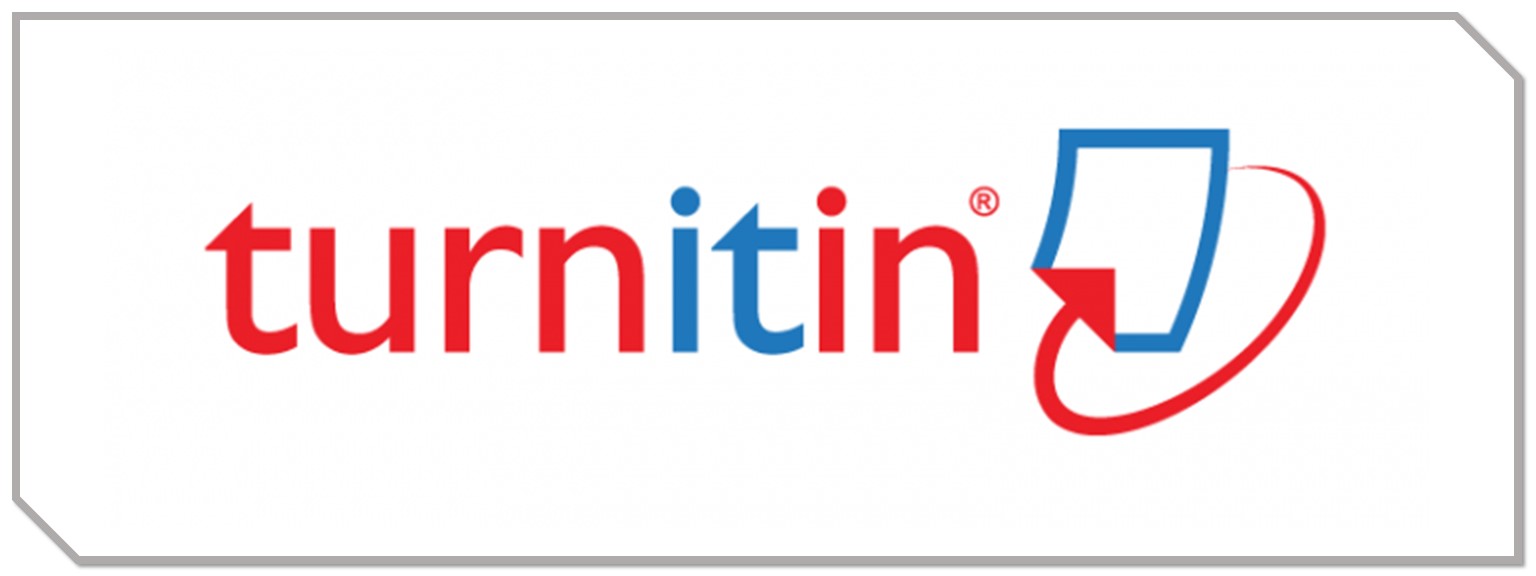Hubungan Lama Operasi dan Kejadian Hipotermia Pada Pasien Pasca General Anestesi
DOI:
https://doi.org/10.57213/nurse.v5i2.260Keywords:
Length of Operation, Hypothermia, General anesthesiaAbstract
Background: Hypothermia is where the body temperature is less than normal or less than 36°C. Based on certain factors, patients undergoing surgery are at risk of hypothermia. Hypothermia has a negative impact on patients, hypothermia can have an increased risk of bleeding, myocardial ischemia, longer post-anesthesia recovery, impaired wound healing, and can increased risk of infection. The duration of anesthesia and surgery has a high risk of hypothermia because induction of anesthesia can cause vasodilation and result in a process of heat loss of body temperature. Research Objective: The general purpose of this study was to determine the relationship between the length of surgery on the incidence of hypothermia in patients after general anesthesia at Batang Hospital. Research Methods: This study used a type of quantitative research with a correlational approach. The research design used Cross Sectional. sampling using the Consecutive Sampling technique that considers inclusion criteria. With a total of 33 respondents. The research assessment used observation sheets and then analyzed the data using the Pearson Correlation bivariate test. Research Results: the most length of surgery at 1.30 hours amounted to 2 respondents with a percentage of 6.1%, 1.42 hours amounted to 2 respondents with a percentage of 6.1%, 1.54 hours amounted to 2 respondents with a percentage of 6.1%, and 1.58 hours amounted to 2 respondents with a percentage of 6.1%. a decrease in temperature from normal limits with the highest number at 35.9 ℃ with a total of 4 respondents with a percentage of 12.1%. based on the Pearson Correlation statistical test there is a relationship between the length of surgery and the incidence of hypothermia in patients after general anesthesia. with a correlation coefficient value of -0.860 with a significance of 0.000. H1 is accepted because the significance value> 0.05. Conclusion: Based on the results of this study, there is a relationship between the length of surgery and the incidence of hypothermia in patients after general anesthesia.
References
Connelly, L., Cramer, E., DeMott, Q., Piperno, J., Coyne, B., Winfield, C., & Swanberg, M. (2017). The optimal time and method for surgical prewarming: A comprehensive review of the literature. Journal of PeriAnesthesia Nursing, 32(3), 199–209. https://doi.org/10.1016/j.jopan.2016.12.003
Donsu, J. D. T. (2016). Metodologi penelitian keperawatan.
Firtrianingsih, F., Rumantika, R., & Burhan, A. (2021). Efek hypotermia pasca general anestesi: A scoping review. Seminar Nasional Penelitian Dan Pengabdian Kepada Masyarakat, 547–557.
Hujjatulislam, A., Pradian, E., & Redjeki, I. S. (2015). Perbandingan antara penggunaan asam amino dan ringer laktat terhadap penurunan suhu inti pasien yang menjalani operasi laparotomi ginekologi dengan anestesi umum. Jurnal Anestesi Perioperatif, 3(3), 139–145.
Kjaergaard, B., Danielsen, A. V., Simonsen, C., & Wiberg, S. (2020). A paramilitary retrieval team for accidental hypothermia: Insights gained from a simple classification with advanced treatment over 16 years in Denmark. Resuscitation, 156, 114–119. https://doi.org/10.1016/j.resuscitation.2020.08.021
Mangku, G., & Senapathi, T. G. A. (2013). Buku ajar ilmu anestesia dan reanimasi. Indek.
Mashitoh, D., Mendri, N. K., & Majid, A. (2018). Lama operasi dan kejadian shivering pada pasien pasca spinal anestesi. Journal of Applied Nursing (Jurnal Keperawatan Terapan), 4(1), 14–20.
Masturoh, I., & Anggita, N. (2018). Metodologi penelitian kesehatan. Kementerian Kesehatan RI.
Maulana, A. E. F. (2018). Perbedaan efektivitas terapi cairan hangat dan selimut penghangat terhadap perubahan suhu tubuh pada pasien pasca operasi di ruang pulih instalasi bedah RSI Yatofa. PrimA: Jurnal Ilmiah Ilmu Kesehatan, 4(1).
Mubarokah. (2017). Skripsi faktor-faktor yang berhubungan dengan hipotermi pasca general anestesi di instalasi bedah sentral RSUD Kota Yogyakarta.
Notoadmojo, S. (2018). Metodologi penelitian kesehatan. Rineka Cipta.
Notoatmodjo, S. (2014). Ilmu perilaku kesehatan. Rineka Cipta.
Nursalam, S. (2013). Metodologi penelitian ilmu keperawatan pendekatan praktis. Salemba Medika.
Pramono, A. (2014). Buku kuliah anestesi. EGC.
Pramono, A. (2015). Buku kuliah anestesi. EGC.
Riley, C., & Andrzejowski, J. (2018). Inadvertent perioperative hypothermia. BJA Education, 18(8), 227–230. https://doi.org/10.1016/j.bjae.2018.04.001
Sastroasmoro, S., & Sofyan, I. (2014). Dasar-dasar metodologi klinik. In Dasar-dasar metodologi klinik (pp. 130–137). Bina Rupa Aksara.
Siyoto, S., & Sodik, M. A. (2015). Dasar metodologi penelitian. Literasi Media Publishing.
Sugiyono. (2013). Statistika untuk penelitian. Alfabeta.
Veterini, A. S. (2021). Buku ajar teknik anestesi umum. Airlangga University Press.
Widiyono, S., & Setiyajati, A. (2020). Hubungan antara usia dan lama operasi dengan hipotermi pada pasien pasca anestesi spinal di instalasi bedah sentral. Jurnal Ilmu Keperawatan Medikal Bedah, 3(1), 55–65.
Widiyono, S., & Setiyajati, A. (2020). Hubungan antara usia dan lama operasi dengan hipotermi pada pasien pasca anestesi spinal di instalasi bedah sentral. Jurnal Ilmu Keperawatan Medikal Bedah, 3(1), 55–65.
Downloads
Published
Issue
Section
License
Copyright (c) 2022 Jurnal Nurse

This work is licensed under a Creative Commons Attribution-ShareAlike 4.0 International License.











